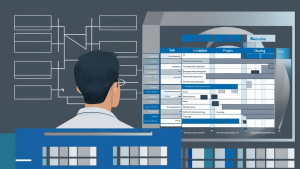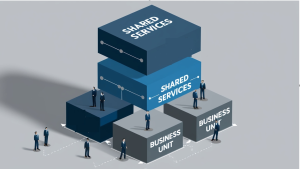
From Planning to Success: A Strategic Guide to IT Sourcing and Vendor Management
This IT sourcing guide guide offers a strategic approach to IT sourcing and vendor management, covering all phases from planning to project completion. By focusing on outcome-based sourcing, risk mitigation, and agile practices, it enables organizations to enhance vendor relationships, drive innovation, and achieve lasting success in digital, data, and technology projects. Whether you’re in the public or private sector, this resource equips you with the tools needed to streamline IT sourcing and maximize project value.








